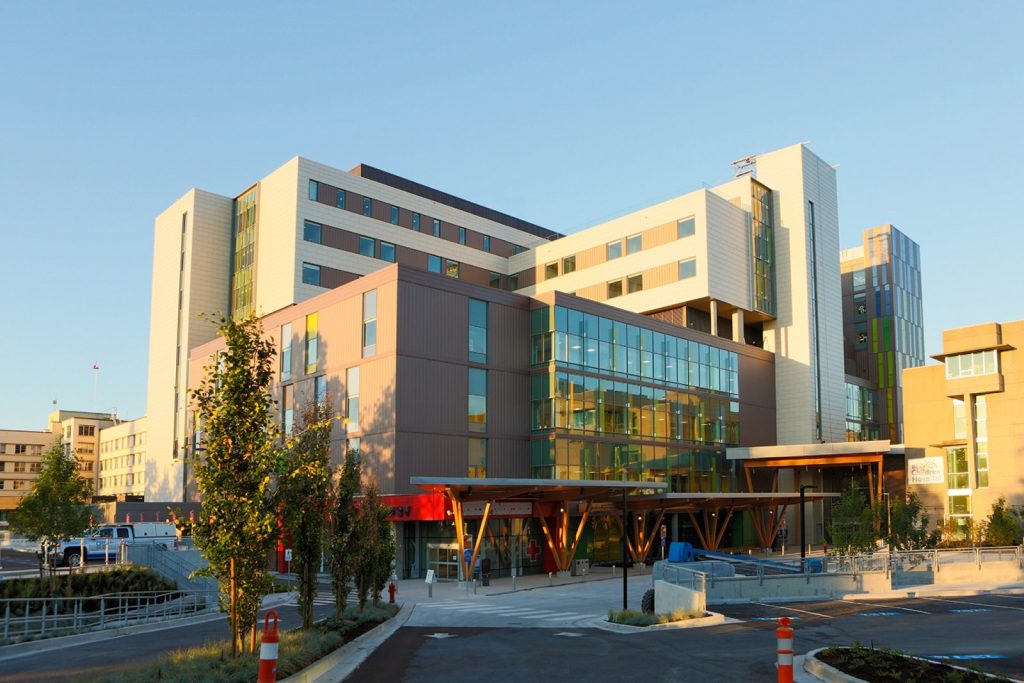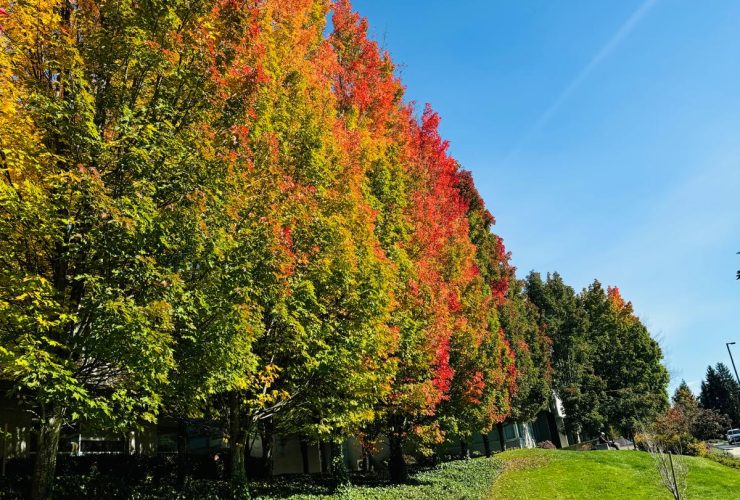In healthcare environments, where stress is often inevitable, the presence of a healing garden can transform patient and staff experiences dramatically. With over forty years of experience, Premier Landscaping is proud to offer thoughtful consultations in designing landscapes that are not just visually appealing but therapeutically beneficial.
When working with healthcare facilities, our approach extends beyond aesthetics, delving into how therapeutic outdoor spaces can enhance health outcomes. Each garden is designed not just to be seen but experienced, providing a refuge from the stresses of medical recovery and promoting a sense of peace and well-being.
Curious to know more about the benefits of healing gardens in healthcare settings? Read on to discover how integrating a healing garden into your facility can offer transformative benefits to both patients and staff.
The Science Behind Healing Gardens

Research consistently shows that exposure to natural environments can lead to significant health improvements, including reduced stress levels, lower blood pressure, and enhanced mental health. In the context of healthcare facilities, these benefits are magnified, supporting faster patient recovery and improved overall well-being.
Top 5 Benefits of Healing Gardens in Healthcare Facilities
1. Enhanced Patient Recovery
Natural settings have been shown to support recovery by promoting relaxation and reducing stress. A healing garden can provide a peaceful sanctuary for patients to recuperate, potentially decreasing the length of hospital stays.
2. Improved Mental Health
Incorporating elements such as water features, walking paths, and a variety of plants can stimulate the senses and uplift spirits. These features help mitigate the clinical feel of a healthcare setting, offering a respite from the stress of treatments and recovery.
3. Increased Staff Satisfaction and Retention
Healing gardens also benefit healthcare staff, providing them with a serene environment to take breaks and rejuvenate. This can lead to reduced staff turnover and increased job satisfaction, creating a more positive workplace atmosphere.

4. Sustainability and Cost-Effectiveness
By using drought-resistant plants and sustainable landscaping practices, healing gardens can be both beautiful and low maintenance. This approach not only conserves resources but also reduces long-term gardening costs.
5. Strengthened Community Ties
A well-designed garden can serve as a community hub, hosting volunteer activities and wellness programs. This fosters stronger connections between the healthcare facility and its local community, enhancing the facility’s community integration and support.
How To Create A Healing Garden
Creating a healing garden involves more than planting greenery. It requires thoughtful design to ensure accessibility, safety, and therapeutic benefits.
At Premier Landscaping, we start by assessing the available space and specific needs of your facility. Considering factors like local climate, patient demographics, and existing architectural elements.
In a healthcare setting, paths should be wheelchair-friendly, with smooth surfaces and gentle inclines. Seating areas should be ample and well-placed, providing both sunny and shaded options for comfort in various weather conditions.
Sustainable practices are also central to the maintenance of healing gardens to ensure they remain a viable part of the healthcare facility without imposing excessive upkeep costs. This includes using drought-resistant plants and automated irrigation systems that conserve water.
The Role of Healing Gardens in Healthcare Environments
Healing gardens are more than just an aesthetic enhancement; they are a vital component of modern healthcare environments, offering numerous therapeutic benefits for patients and staff alike.
Are you ready to transform your facility with a garden that heals, soothes, and rejuvenates?
Contact our experts at Premier Landscaping today to see how we can help you create a space that truly makes a difference.
Let’s build a healthier, happier environment together.
Frequently Asked Questions (FAQs)
Key elements include walkable pathways, quiet seating areas, water features for sound therapy, and a variety of plants that engage the senses.
They reduce stress, decrease recovery times, and improve the satisfaction and efficiency of staff.
Considerations include patient mobility, plant selection for year-round interest and low allergenic properties, and maintenance requirements.
Yes, even small courtyards or unused spaces can be transformed into valuable therapeutic landscapes.
Maintenance frequency depends on the garden design and plant species but generally includes regular pruning, watering, and care to keep the space welcoming and safe.




